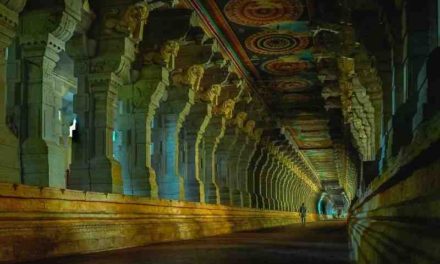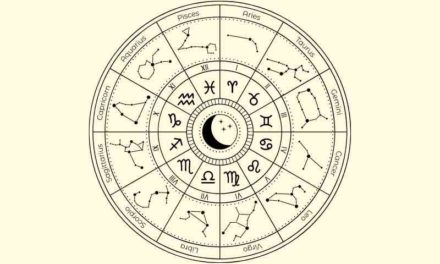The Methala Kallil Bhagavathy Temple is an old cave temple that is housed inside a miraculous hanging stone. It can be found in Asamannoor in Kunnathunad, which is situated in the Ernakulam District of the state of Kerala.
The image of the goddess Bhagavathi, which is housed in a cave under a big rock that is freestanding, is considered to be the most important pratishta in the temple. The yearly celebration at the temple starts on the day designated as Thrikarthika, also known as the Karthika nakshatra day, during the Vrischika Masam.
Methala, a tiny rural village in Asamannoor Village in Kunnathunadu Thaluk of Ernakulam District in Kerala, is the location of the historic Kallil cave temple. The well-known towns of Kothamangalam, Perumbavoor, and Muvattupuzha are all around 10 kilometers (km) apart from the temple. This puts them on par with one another.
The temple, also known as the “prathishta,” of the goddess Bhagavathi is located in a cave below a gigantic rock that is freestanding on the surface of the land. The fact that this particular rock has remained in place entirely as a result of Bhagavathi’s favor is the distinguishing characteristic of this particular temple. This rock has been dubbed one of the marvels of the world.
The Methala Kallil Bhagavathy temple is a gigantic monolith stone that seems to be floating in the air with no discernible footing on the ground below. A little distance to the right of the entrance to the temple is where one may see Bhagavathi reclining and magnificently bejeweled.
In front of the sreekovil is a balikkallu, which is a stone-roofed elephant shelter. There are also stairs constructed of stones, a stone-carved oottupura, the temple pond, and a stone-carved oottupura. Ganapathi and the Nagas are revered as the most important upper-level deities in the temple.
The rock that serves as the Methala Kallil Bhagavathy Temple
The very rock that is hanging on to its place purely due to the favor of Mother Goddess Bhagavathy is a miracle, and the fact that it is this temple’s distinguishing feature is a miracle in and of itself.
This enormous monolith, which measures a whopping 75 feet in length, 45 feet in breadth, and 25 feet in height, stands tall as nothing less than a riddle in front of believers, observers, and skeptical members of the scientific community. Huge rocks have intricate carvings on them that depict all of the significant components of the temple’s design.
The History of the Temple
According to the findings of certain studies, the temple may have been constructed as early as the third century BC. This natural construction is regarded to be one of the most important old Jain temples in Kerala, and it is found smack in the center of a forest that spans a total area of 28 acres. The once-mighty Kallil Pisharom owned both the temple and the surrounding territories while it was in his possession.
It is possible that Jainism had an impact on the culture since the gods Vardhaman Mahavir, Paarshwanadhan, and Padmavathi Devi were there. It is thought that Jain monks came here to contemplate in ancient times, and afterward, the location was left uninhabited for a considerable amount of time. People were able to locate the cave because Devi Chaithanyam was there.
Once upon a time, individuals who were searching for resources in the thick forest at the time stumbled upon a stunningly beautiful lady who was playing with enormous stones. They were interested to know who she was, but within a fraction of a second, the holy lady concealed herself within the cave by creating a cover with the stones that she was playing with.
It was none other than Kallil Bhagavathi who appeared before them. The stone that was moved downward became the throne of the goddess, while the one that was moved upward created the ceiling.
Temple Festival
The parade of a female caparisoned elephant is a highlight of the yearly celebration that takes place in the temple and lasts for eight days. It is quite a spectacle to see the “Pradakshinam” as it makes its way up the winding road, with the incredible lighting serving as a perfect companion to the whole process.
On the sixth day of the festival is when the Utsava Bali takes place. The ceremony known as Valiya vilakku takes place on the seventh day of the festival. The first day, also known as the thrikarthika day, is when the legendary edithozhal takes place.
The shrine celebrates the nine-day festival known as navratri, as well as niraputhari in chingamasam, ayiliyam puja in Kanni Masam (which occurs between the months of September and October), the Kalashavarshika Mahotsavam, which takes place during the Medam month on the Uthradam nakshatra, Ramayana Masam, and Vinayaka Chaturthi.
Tuesdays and Fridays are the two days of the week that carry the greatest weight. On the day that corresponds to the Karthika nakshatra of a Malayalam month, special pujas and rituals are carried out.





